Most self-improvement programs suggest that the first steps are to:
- write down a list of your short-term and long-term goals
- post them in a conspicuous place
Doing this puts several things to work for you: First, when you write something down, the act of writing itself causes your brain to use different neural pathways. Odds are you could care less about which neurons you use to get something done, but you’d probably be interested to know the effects that research has shown writing to have on memory, cognition and creativity. Additionally, when you write your goals down you are forced to quantify and qualify them in ways that do not occur when you simply think to yourself “it’d be nice if i could do xyz someday…” Writing out the goals generally requires that you to think through the path towards achieving them as well. It gets you 100% clear on your intent (the “why”) and that is the strongest motivator you can possibly bring to bear. Anything you want to improve, you must first be able to track- this exercise clarifies exactly what you’re tracking from now on. The last thing you enact by exposing your goals publicly is peer pressure- when you post them on your bathroom mirror or on your bedroom wall or even in your cube, you tap into the same advantages that come with having a workout partner at the gym (ie. thinking to yourself, “i can’t skip today because i’ll be letting so-and-so down”). Peer pressure is typically conceived as a _bad_ thing but in this context I would argue that having other people aware of your goals will compel you to take steps necessary to meet them that you otherwise would not have. Posting goals in your workplace is a start but there’s a better, more conspicuous place to post them…
So in a bit of a social experiment, I’m proposing a meme centered around exposing your goals publicly for the next year and beyond. At the very worst – it’s comedy, you miss the mark on everything and nobody remembers the post a year from now. At the very best – it’s a living post that changes as you attain goals, an exercise that is the catalyst for some greater focus, and a neat way to peer over the fence and see what is important to other people (and prod them towards reaching their own goals). If you choose to participate, this is what you need to do:
- post a list of your short-term and long-term goals on your blog and mention who tapped you for the experiment. The goals you list don’t have to be technology-specific or anything-specific really- just stuff you want to want to eventually achieve. Aim high here, really ponder what you want to achieve someday, what you want your life’s work to be, and then write it down. Try to make the list as close to the chronology as you see it playing out- make it so it starts with the most short-term/atomic/realistic goals and let it wander to the most ambitious / wacky / long-term dreams
- use the title “opensource goals meme” so that other people can do a search and find the other participants. copy these instructions somewhere in the post or refer them here
- tap 5 friends to do this exercise after you are finished and actually READ what they write and REFLECT how their priorities are similar and different from your own
- maintain this list as you go crossing off things as you achieve them and adding new ones as they develop
So my list is perhaps a bit on the exhaustive/ambitious side but it’s been building in my Treo over the past year:
learn decision tree analysis
get accepted to the 9rules network
learn how to kite surf
learn to paraglide
learn morse code
reconnect w/ old friends on working US roadtrip
down-size, consolidate and turn house and convert to performing asset
get back to single-digit bodyfat
organize barcamp phoenix
regain flexibility
work for myself
cook 90% of all meals- less eating out
grid7 retreat w/ core intellectuals @ tonto natural bridge
achieve 1000 WPM reading speed
write for a reputable publication
learn yoga
become an employer
learn krav maga
buy a beachfront condo somewhere tropical
play “Panama” live on stage w/ Van Halen
take the bob baunderant school of racing
hold summer “cabin codefest”
produce coldturkey’s next album
get scuba certified
build a home recording studio
create a revolutionary billion dollar company
make the homepage of slashdot
drive from alaska to chile (fireandicetour)
learn to surf
make the “backs of giants” mural
learn accounting principles & tax law
learn tai chi
publish a kid’s book
learn to fly a helicopter
liberate 100 people from shitty jobs they hate
take down a major bully
develop a highschool curriculum
learn handwriting analysis
do a wilderness survival school and survive 1 wk in wild
start a VC firm
study all the major world religions
read all the Great Books
travel to all 7 continents
launch VELA project in phoenix
serve abroad in the peace corps
learn feng shui fundamentals
summit large mountain
speak at a major conference
complete the chronos custom nutrition program
complete a marathon
earn para3 rating and fly torrey pines
make the cover of WIRED
earn a PhD in biomimicry
beat the champion level of scrabble
meet the Dhali Lama in person
raise a child
x-country paragliding trip in either chile or australia
win pulitzer
redistribute the wealth based on merit
visit outer space
find cure for a major mental illness like depression
earn nobel prize
Ok, so granted they get wildly ambitious towards the end ;-) but my friend Don always said “goals are dreams with a deadline.” Never stop dreaming big, right?
Kimbro Staken, Steven Harvill, Rob Brooks-Bilson and Chris Tingom – you’ve been “tapped” ;-)
UPDATE: a few more people I’m tapping on this meme- John Blayter, John Bland, Max Porges, Noah Kagan, Francine Hardaway, John Murch
UPDATE: 6/16/06 – Held Cabin Codefest in Munds Park.
UPDATE: 8/1/06 – Became an employer (hired Ben as our first full-time employee)
UPDATE: 10/15/06 – completed the PADI scuba class
UPDATE: 12/15/06 – Got accepted to 9rules and organized the 1st Barcamp Phoenix
UPDATE: 1/5/07 – Had my first kite surfing course – woohoo!
UPDATE: 3/9/07 – Published my first book
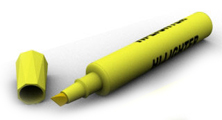 “then you’ve highlighted nothing,” as my friend Kobe used to say.
“then you’ve highlighted nothing,” as my friend Kobe used to say. So how does this possibly relate to situations beyond highlighted textbooks? It translates directly across to how we manage our todo’s and assign priority to tasks. The main takeaway here is this:
So how does this possibly relate to situations beyond highlighted textbooks? It translates directly across to how we manage our todo’s and assign priority to tasks. The main takeaway here is this:
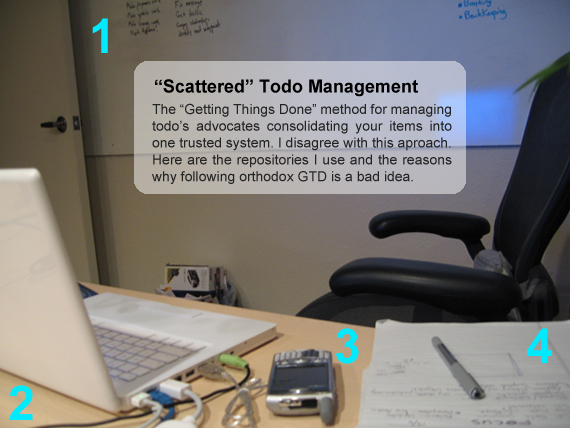
 Offline browsing of your “toRead” items – Many people have a toRead tag they use to flag pages they plan to review later. Realistically with the massive daily influx of new info, I rarely get a chance to come back to these items when I’m on the computer.
Offline browsing of your “toRead” items – Many people have a toRead tag they use to flag pages they plan to review later. Realistically with the massive daily influx of new info, I rarely get a chance to come back to these items when I’m on the computer.
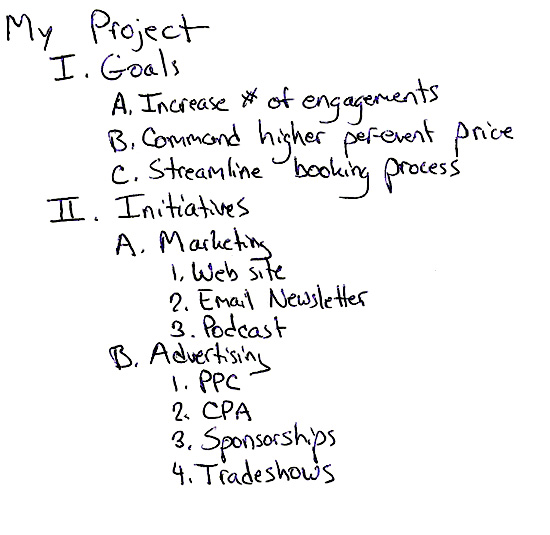
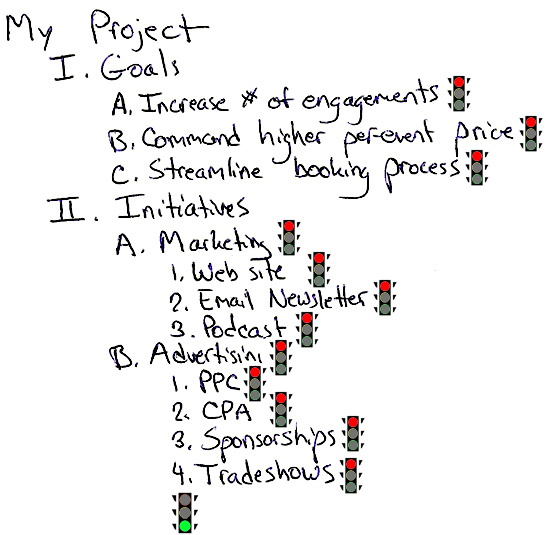
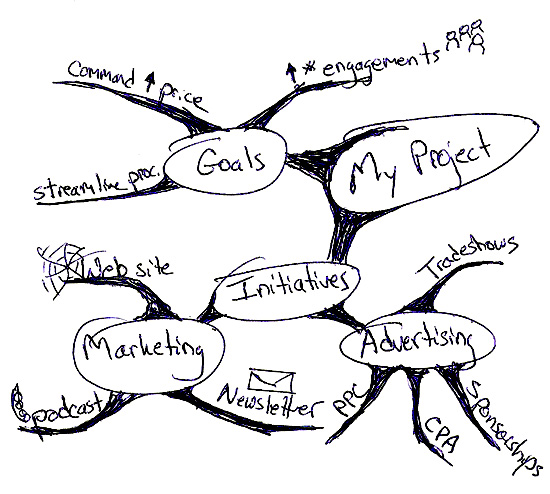
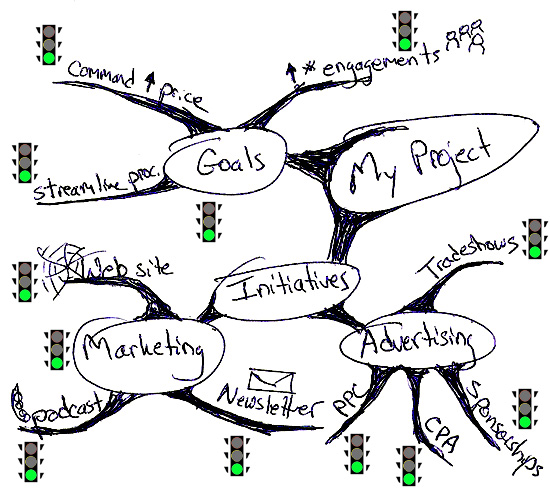

 My friend
My friend 





